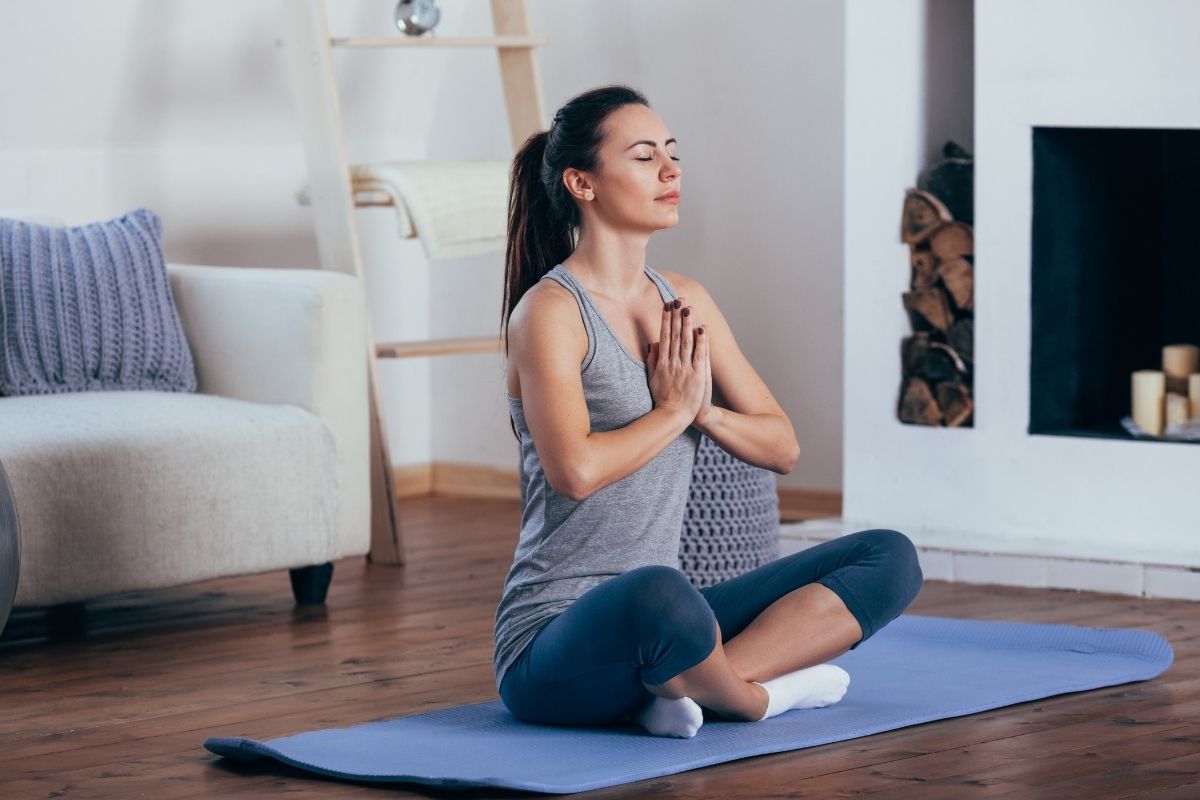Where On The Physical Activity Pyramid Do Lifestyle Activities Belong
Where On The Physical Activity Pyramid Do Lifestyle Activities Belong We all recognize the importance of keeping our bodies active and maintaining our physical well-being. However, incorporating daily exercise into our routines can often be a challenge. Factors like low energy, fear of injury, discomfort, or even chronic pain can deter us from staying active. But what if there was a solution? What if there were a tool that could facilitate the establishment of an exercise routine, mitigate health risks associated with inactivity, alleviate chronic pain, and reduce the likelihood of future health issues? Fortunately, the Physical Activity Pyramid has been devised to do precisely that.
Understanding the Physical Activity Pyramid
The Physical Activity Pyramid serves as a guide to assist adults in planning their physical activities, making exercise an effortless, regular part of their lives. Similar to the food pyramid, it arranges activities from most to least beneficial, with the aim of enhancing physical activity while reducing sedentary time. Following the recommended activities on the pyramid can lead to increased activity levels, contributing to improved musculoskeletal and cardiovascular health, as well as enhanced endurance.
Reaping the Rewards of the Physical Activity Pyramid
Regular physical activity yields numerous health benefits. Exercise enhances the delivery of oxygen and nutrients to your tissues, fortifies your cardiovascular system, and increases its efficiency. Even a simple routine like a 30-minute walk a few days a week can significantly reduce your risk of developing various health conditions.
Summit Health physical therapist Amy Dougan underscores the importance of daily movement: “We continuously emphasize the significance of regular physical activity. Movement boosts our natural endorphins, enhances our mood, fosters good bone health, and sustains our strength. It also plays a vital role in our immune health. Consider starting with a brief 20-30 minute daily walk.”
Physical Activity Pyramid Levels
Level 1: Lifestyle Physical Activity (Bottom Level)
The base level of the pyramid comprises everyday activities that are essential to maintaining your health. These are simple exercises and moderate physical activities that are likely already part of your daily life, including tasks such as walking to the store, mowing the lawn, raking leaves, mopping the floor, and leisurely walks.
Level 2: Active Aerobics Level 3: Active Sports and Recreation
The next two levels involve more vigorous exercises such as aerobics, stretching for flexibility, and muscle fitness activities. These activities, such as biking, hiking, dancing, jogging, and certain sports, should be performed around three to five times each week. Level 3 activities, which include higher-intensity workouts, weight training, and calisthenics, should be incorporated two to three days per week.
Read More : How To Style Flare Yoga Pants
Level 4: Inactivity (Top of the Pyramid)
The apex of the pyramid represents sedentary behaviors that should be minimized, including excessive television watching or prolonged periods of sitting. Excessive inactivity has been associated with negative health outcomes, and the goal is to identify and replace these behaviors with physical activities found at the base of the pyramid.
Embarking on Your Physical Activity Pyramid Journey
To reap significant health benefits, consider modifying your daily routine to include activities from the pyramid. If you’re new to exercise or resuming after a break, start slowly by focusing on Level 1 exercises and gradually incorporate more activities as your body adapts. Regardless of your fitness level, reducing activities from the top of the pyramid, such as excessive TV time and extended periods of inactivity, is beneficial.
Read More : What’s The Best Method Of Approaching A Nutrition Myth
In a matter of weeks, the Physical Activity Pyramid can guide you towards lowering health risks and enhancing your overall quality of life. A Summit Health physical therapist and nutritionist can assist you in setting goals and staying on track. If you don’t have a primary care provider, now is a great time to find one. Call (908) 273-4300 to connect with a doctor in your area.




